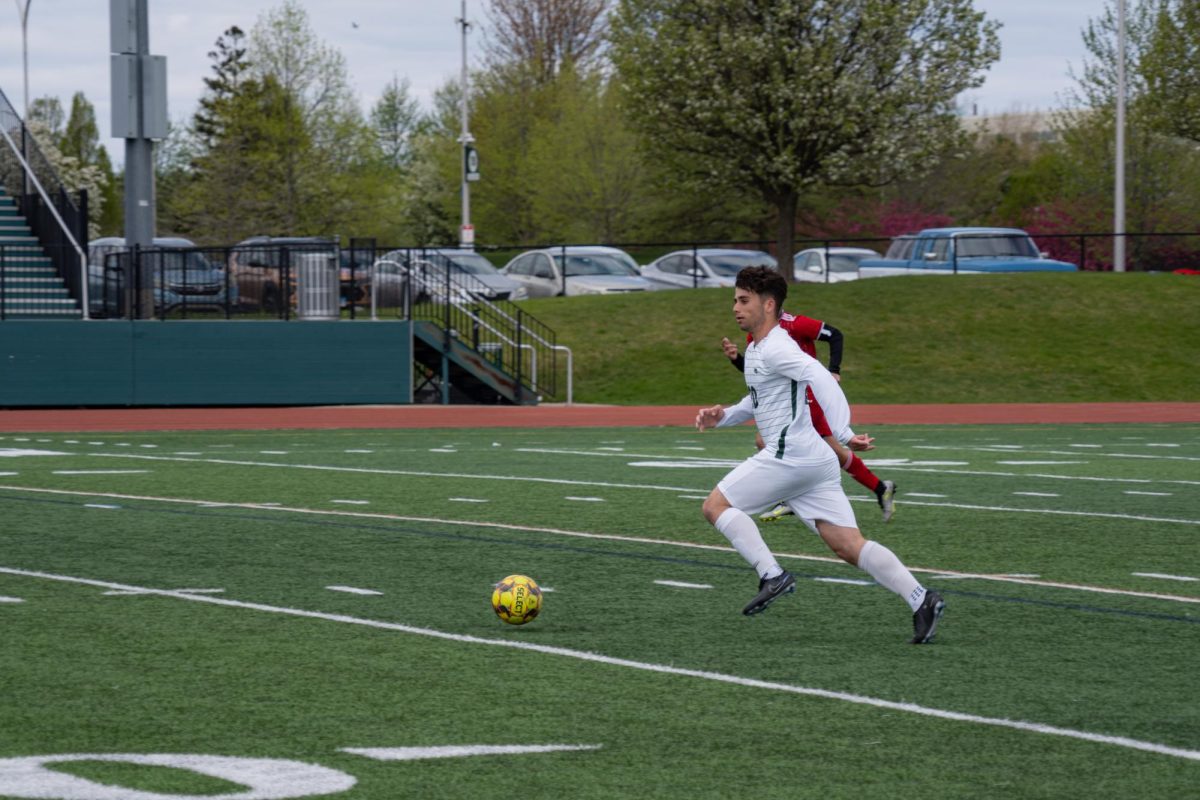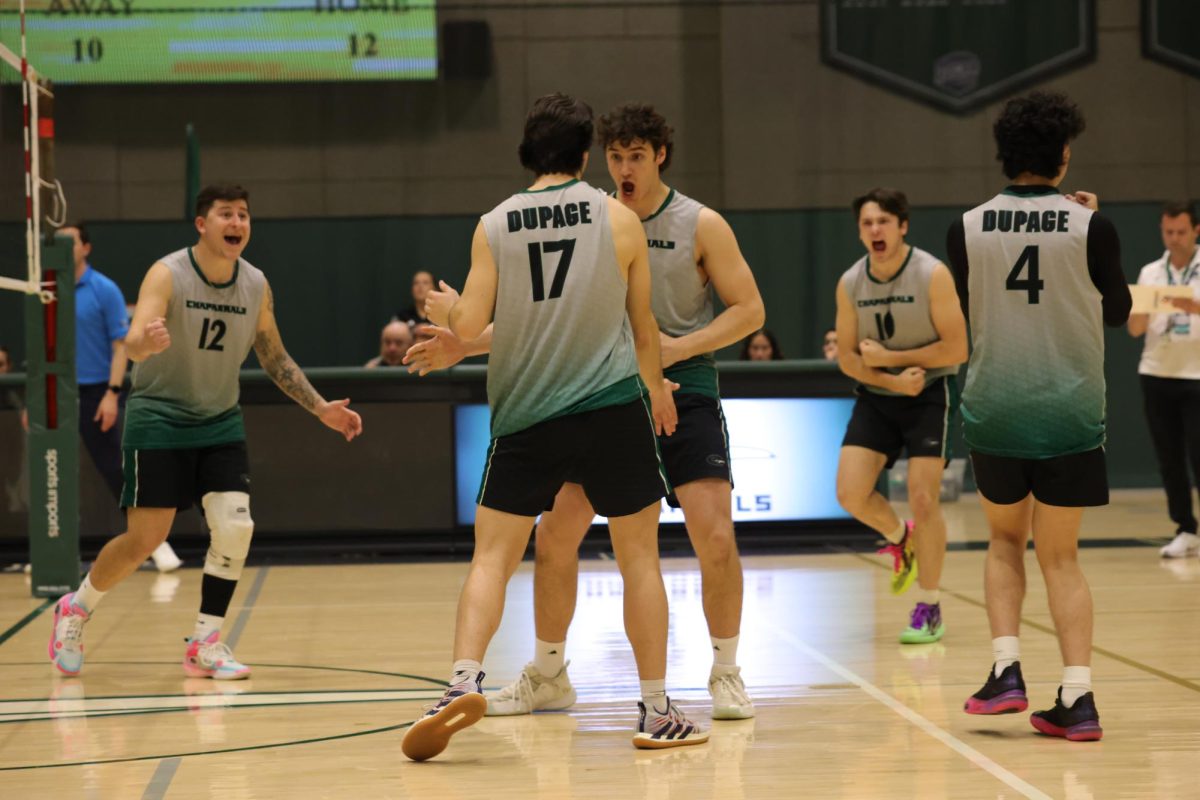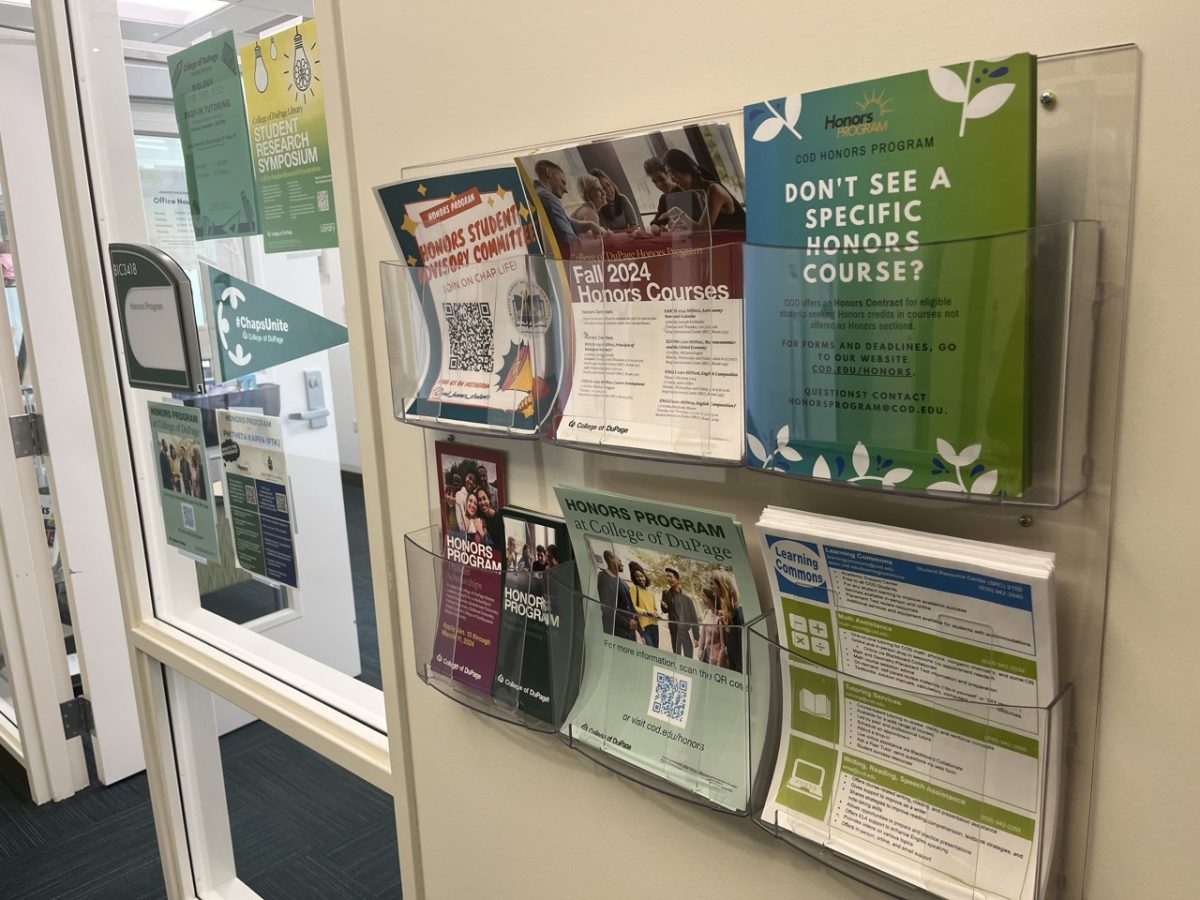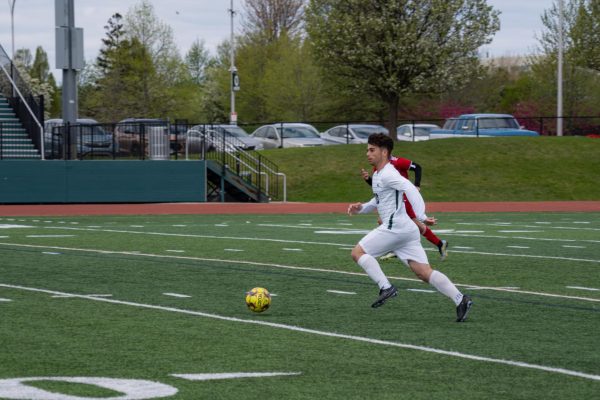New study: Black students default on college loans at a higher rate than others
September 24, 2018
There’s great disparity in the way that college graduates pay back student loans. Among black bachelor’s degree holders, 21 percent defaulted on their student loans within 12 years of entering college, according to a report released this week from The Institute for College Access and Success. Only 8 percent of Hispanic degree holders and 3 percent of white degree holders defaulted within that time period.
The report focused on the average student debt for four-year graduates from the class of 2017, which is $28,650, up just one percent from the level of the class of 2016. But the information on defaults is more striking and gives a sharper indication of who suffers most from the weight of student loans.
When a borrower defaults, bad things happen. The default gets reported to credit bureaus and can lower a credit score, making it difficult to rent an apartment, purchase a car or buy a home. Defaulters can also have their wages garnished and tax refunds withheld. And as much as one-fifth of black borrowers could face these types of consequences, the study shows.
The default rate is also high for Pell Grant recipients, whose family income is usually $40,000 or less, and for first-generation college students. Pell recipients were more than five times as likely to default as their higher income peers, and first-generation students were more than twice as likely to default as students whose parents attended undergraduate school. More than 60 percent of black college students receive Pell Grants, according to the Journal of Blacks in Higher Education, and 14 percent of African-Americans are first-generation students.
House Democrats introduced the Aim Higher Act bill in July, which proposes increasing Pell aid and eliminating the origination fee charged for federal loans.
But other measures to guide borrowers to learn about repayment options and enter into repayment plans could also help, higher education policy experts say.
Some were suggested in an August report on student loan defaults by Kristin Blagg, a research associate at the Urban Institute, and Jason Delisle, a fellow at the American Enterprise Institute.
They recommend increasing exit counseling for borrowers with low credit scores or automatically placing borrowers into income-driven repayment plans, which was also proposed in the House bill. There are four options for IDR plans; most require borrowers pay between 10 and 20 percent of their discretionary income.
“Policymakers could also consider full or partial discharge of loans based on other indicators of financial hardship, such as for those who have spent several years in a social safety net program,” Bragg and Delisle wrote.
Ben Miller, senior director for postsecondary education at the Center for American Progress, says it’s imperative for the Department of Education to examine how race factors into student loan debt.
“Traditionally, the agency has not collected any data on the race of borrowers, except in irregular sample surveys conducted by its quasi-independent statistical arm,” Miller wrote in an October 2017 report on the student loan “crisis” for black borrowers. “Unfortunately, not collecting this information has allowed for the disparate outcomes by race to go unnoticed.”
This story about college loan defaults was produced by The Hechinger Report, a nonprofit, independent news organization focused on inequality and innovation in education. Sign up for the Hechinger newsletter.
The post Black students default on college loans at a higher rate than others, study finds appeared first on The Hechinger Report.

























